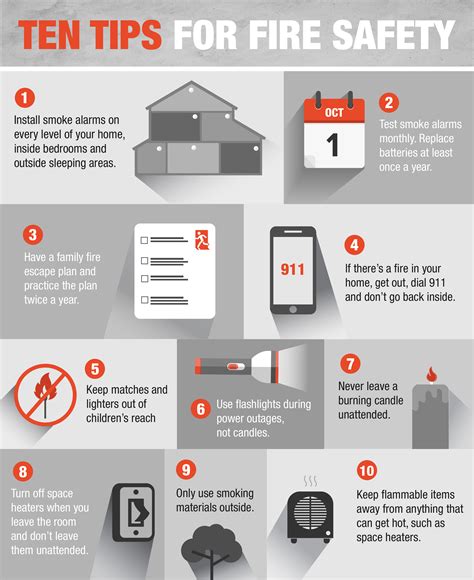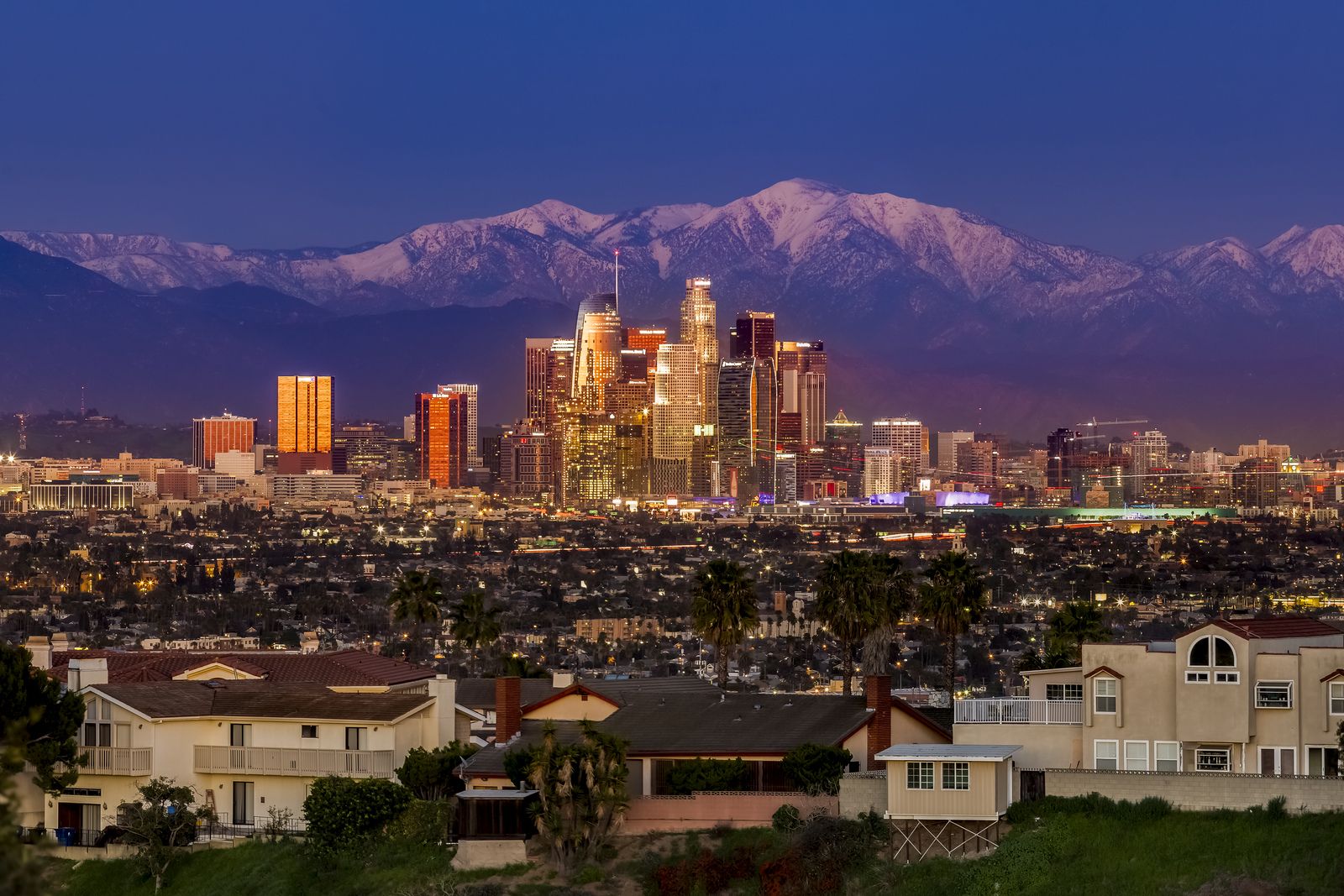The allure of Santa Barbara, with its picturesque landscapes, serene beaches, and mild climate, makes it a beloved destination for both locals and tourists. However, like many areas in Southern California, Santa Barbara is not immune to the threat of wildfires. These natural disasters can strike without warning, leaving destruction and chaos in their wake. The key to minimizing the risk and impact of wildfires is preparation and awareness. Here are 10 crucial fire safety tips tailored for Santa Barbara, designed to help you protect yourself, your loved ones, and your property.
Stay Informed: One of the most critical steps in fire safety is staying informed. Santa Barbara County offers emergency alert systems that can notify you of immediate threats in your area. Sign up for these alerts and keep a battery-powered radio on hand in case the power goes out. Websites like the Santa Barbara County Fire Department and ReadySBC.org are invaluable resources for up-to-date information on fire conditions, evacuation orders, and safety tips.
Create a Defensible Space: For those living in or near wildland-urban interface areas, creating a defensible space around your home is crucial. This involves clearing flammable vegetation, debris, and other combustible materials from around your home. The goal is to reduce the risk of wildfires spreading to your property. Santa Barbara County has specific guidelines for creating defensible spaces, including the widths of clearance zones and the types of vegetation that are safe.
Prepare an Emergency Kit: Every household should have an emergency kit that includes essentials such as water (at least one gallon per person per day), non-perishable food, first aid supplies, flashlights, batteries, and a change of clothes. This kit should be ready to grab at a moment’s notice in case you need to evacuate. Consider the special needs of your household members, such as infants, pets, or people with disabilities, when packing your kit.
Develop a Family Emergency Plan: Knowing what to do in case of a wildfire is just as important as preparing for one. Develop a family emergency plan that includes evacuation routes, a meeting spot outside the hazard zone, and contact information for each family member. Practice the plan to ensure everyone knows what to do. Designate a contact person who lives out of the area for family members to check in with if you get separated.
Use Fire-Resistant Materials: When building, renovating, or landscaping, choose fire-resistant materials for your home and outdoor structures. This can include using fire-resistant roofing materials, covering vents with 1⁄8-inch metal mesh to prevent embers from entering your home, and using fire-resistant plants in your landscaping.
Be Mindful of Burn Bans: During periods of high fire danger, burn bans may be put in place to prevent accidental fires. Always check with local authorities before engaging in any burning activities, such as backyard campfires or burning debris. Even when burn bans are not in effect, use caution and ensure that any fire is fully extinguished before leaving it unattended.
Use Technology to Your Advantage: Utilize smartphone apps and online resources to stay informed about fire conditions, air quality, and emergency alerts. Apps like PulsePoint and emergency management apps can provide critical information during a fire.
Stay Safe During Evacuations: If ordered to evacuate, do so promptly. Stay calm, follow evacuation routes, and avoid taking shortcuts. Keep your phone charged and with you at all times. Be aware of changing fire conditions and follow the instructions of local authorities. Remember, your safety is the top priority.
Protect Your Home with Fire-Resistant Construction: If you’re building or purchasing a home, opt for fire-resistant construction materials and designs. Regularly inspect and maintain your home to ensure it remains fire-safe, including keeping gutters free of debris and ensuring chimneys and vents are clear.
Participate in Community Preparedness: Fire safety is a community effort. Participate in local fire safety programs, attend community meetings, and learn about wildfire risks and prevention strategies. Volunteer for neighborhood wildfire mitigation projects and encourage your neighbors to do the same. By working together, the community can significantly reduce the risk of wildfires spreading.
In addition to these tips, being mindful of the specific conditions in Santa Barbara, such as the threat of Diablo winds and the dry conditions during the fall, is crucial. Staying vigilant, prepared, and informed are the best defenses against wildfires. Remember, the goal of fire safety is not only to protect property but, most importantly, to save lives.
What should I include in my emergency evacuation kit?
+Your emergency kit should include essentials like water, non-perishable food, first aid supplies, flashlights, batteries, and a change of clothes. Don't forget important documents, medications, and any special needs items for infants, pets, or people with disabilities.
How often should I inspect my home's defensible space?
+Regular inspections of your defensible space are crucial, especially during fire season. Aim to inspect and maintain your defensible space at least once a month, or more frequently in high-risk conditions.
What are some fire-resistant materials I can use in landscaping?
+Fire-resistant landscaping includes plants like succulents and cacti, which have high water content and are less likely to burn. Other materials like gravel, stone, and decomposed granite can also reduce the risk of fire spreading to your home.
By following these fire safety tips and staying informed, you can significantly reduce the risk of wildfires affecting you and your loved ones in Santa Barbara. Remember, fire safety is a shared responsibility that requires the efforts of the entire community to be effective.


